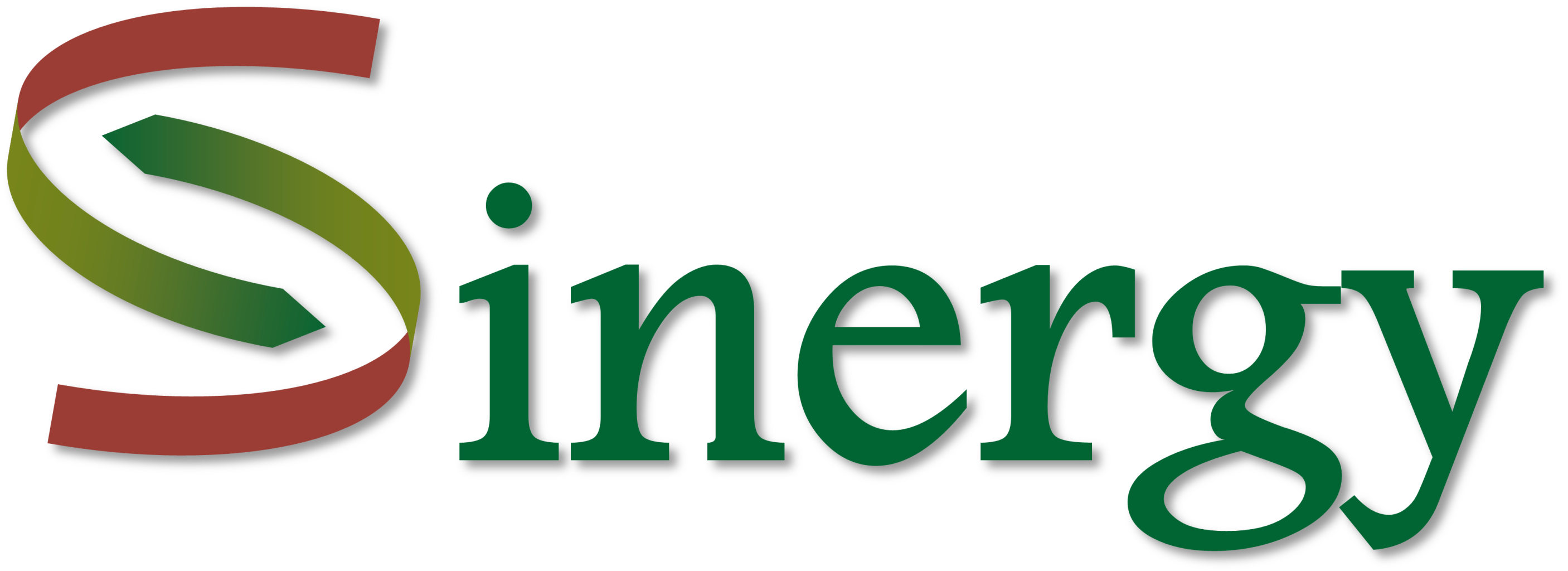Module 20 - Thermal Storage Technologies for Buildings
Summary: This module focuses on storage technologies in buildings focusing on thermal storage for both heating and cooling applications that are at the building scale. Renewable energy sources that are discontinuous and the shift to a decentralized energy production, distribution and smart trading of energy makes thermal storage a key part of the new low-carbon energy system supporting resilience and flexibility of the grid. The module will start with a broad classification of TES systems using different criteria.

